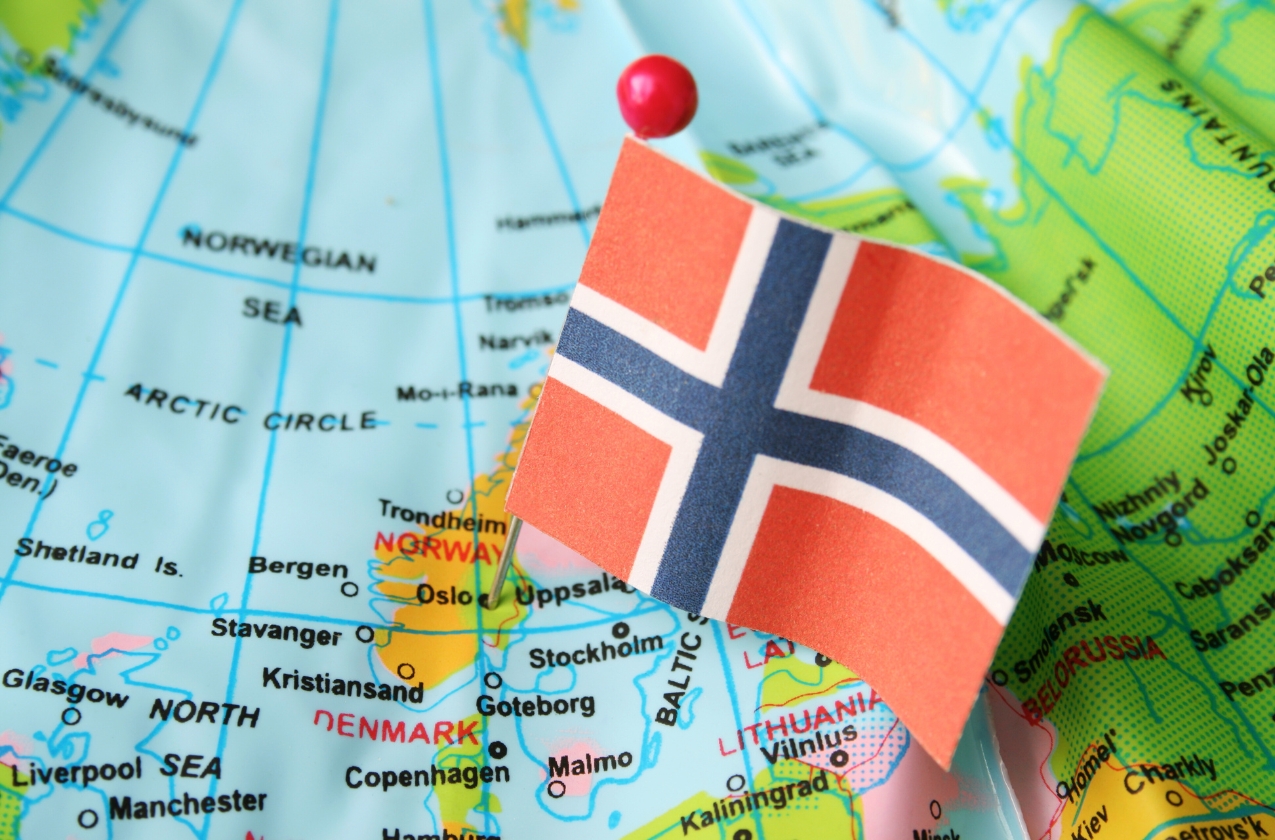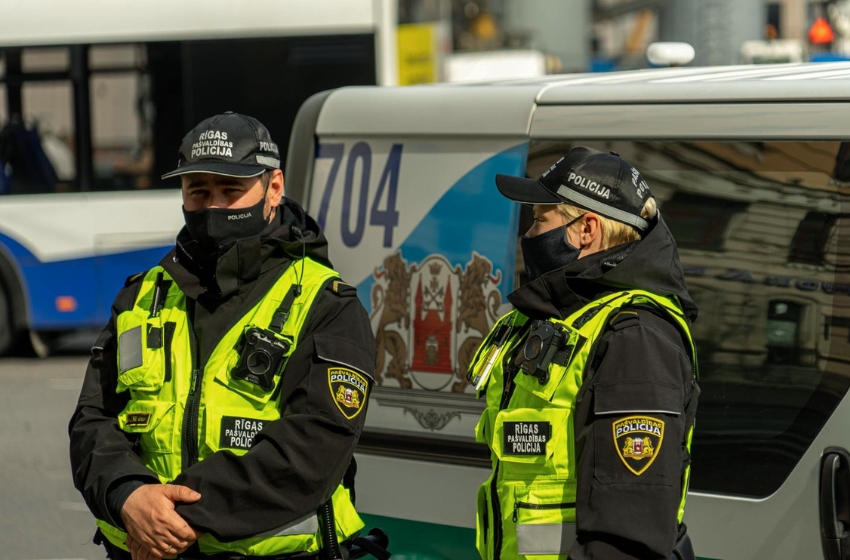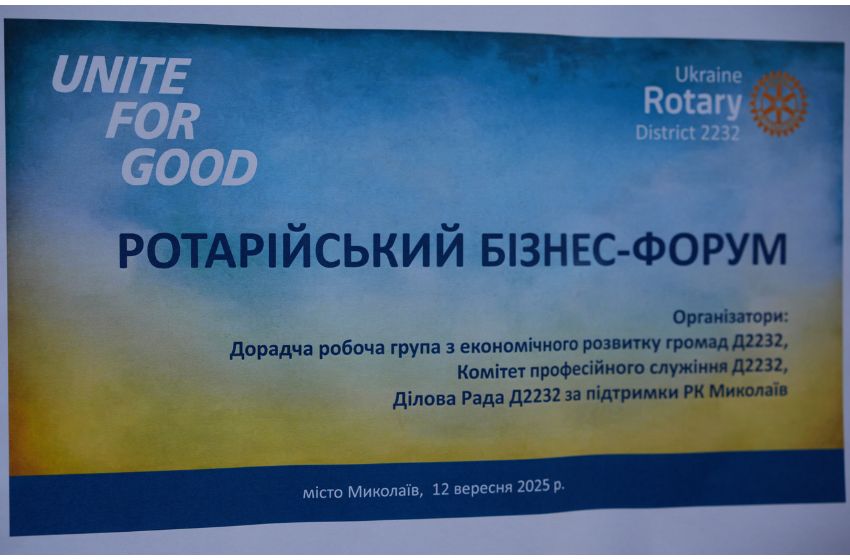Norway is making a new contribution of 2.4 billion Norwegian kroner to the World Bank’s Fund for Aid, Recovery, Reconstruction, and Reforms (URTF), a multi-donor trust fund that directs financing to meet Ukraine's critical needs during the war, including for recovery and crisis response. This was announced in a press release published on Wednesday on the Norwegian government’s portal.
“Norway’s increased support to the World Bank’s Ukraine Relief, Recovery, Reconstruction and Reform Fund will help to ensure that critical services such as education, health care and energy supplies can be sustained. This is essential in order to maintain the resilience of the Ukrainian people and promote Ukraine’s reconstruction and reform efforts,” said Prime Minister Jonas Gahr Støre in the press release.
Minister for International Development, Øsmund Økrem, and Minister of Finance Jens Stoltenberg informed Ukraine’s Minister of Finance, Serhiy Marchenko, about the increase in crisis response and recovery funding during a meeting in Washington today, where this week’s Spring Meetings of the World Bank and IMF are taking place.
“This year alone, Norway will be providing NOK 85 billion to Ukraine. This support is crucial to enabling Ukraine to withstand Russia’s aggression. At the same time, the reconstruction of Ukraine also involves building robust institutions and a well-functioning democracy. This is why reform efforts and institution-building are priority areas under the multi-donor trust fund,” said Norway's Minister of Finance, Jens Stoltenberg.
The World Bank quickly increased and adapted its support for Ukraine after Russia’s full-scale invasion in 2022. Norway actively supported the creation of the URTF and became its largest contributor. Norway made its first contribution of about 1 billion Norwegian kroner in 2022 and has now contributed over 9 billion Norwegian kroner to the URTF, more than a third of the total financing provided.
Within the World Bank’s programs, Norwegian funding has been directed to the following areas:
Education: 380,000 students received better education as a result of modernization and reforms in the school sector, and 12,000 children in remote areas received free transport to school, enabling them to continue their studies.
Housing: 78,000 people received support for the restoration and repair of their homes.
Healthcare: 5.2 million children received vaccines, 6.2 million gained access to primary healthcare and mental health services, and 473,000 participated in rehabilitation programs.
Agriculture: 33,000 farmers received access to financing.
Energy: Emergency equipment for energy grid repairs restored power to millions of homes, and the supply of critical equipment facilitated repairs to district heating systems.
Budget Support: Civil sector workers, such as nurses and teachers, received their salaries and pensions, and social benefits were maintained.





















